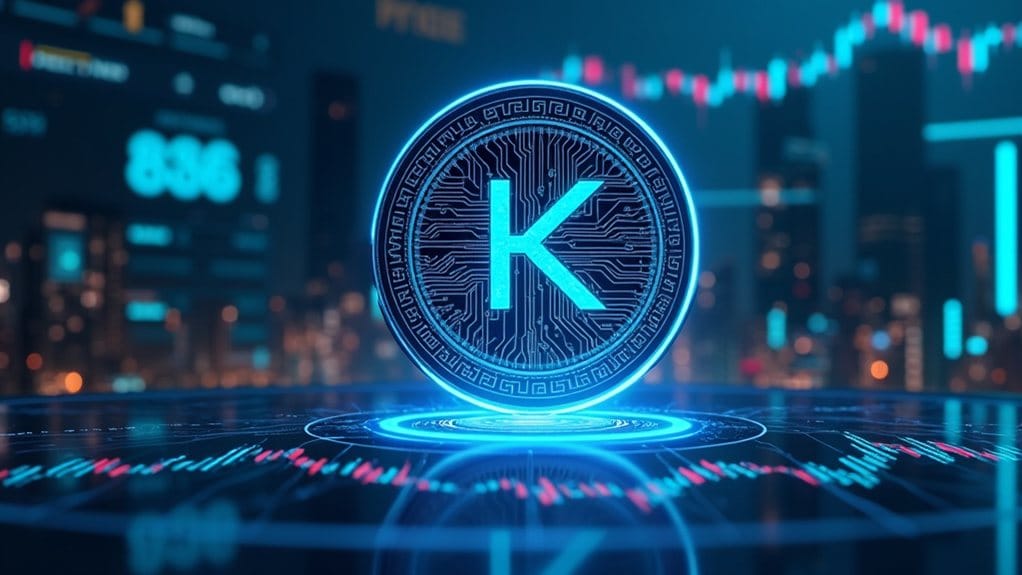While cryptocurrency enthusiasts are constantly seeking the next big opportunity in the digital asset space, Kaito Coin has emerged as a particularly controversial addition to the market since its February 2025 launch. Founded by former Citadel portfolio manager Yu Hu, KAITO operates as an ERC-20 token designed to function within the Kaito AI ecosystem, where it facilitates governance, incentives, and value exchange among participants.
The platform utilizes artificial intelligence to structure and analyze vast quantities of information, subsequently providing users with actionable insights that can inform investment decisions. KAITO’s technological framework incorporates several advanced features, including sentiment analysis derived from social media data, decentralized user engagement protocols, and market mechanisms designed to optimize information distribution.
These elements collectively contribute to what industry observers identify as Information Finance (InfoFi), a paradigm focused on efficient information dissemination through market-based incentives. The ecosystem aims to break the monopoly of traditional platforms while encouraging the creation of high-quality content. Content creators receive KAITO tokens as compensation for high-quality contributions, creating an economic loop that theoretically rewards valuable information production.
Despite its innovative premise, KAITO faces significant challenges related to market stability and investor risk. The token exhibits high volatility, particularly in its post-launch phase, making it susceptible to pump-and-dump schemes orchestrated by coordinated trader groups. The recent price surge of +889.87% gain demonstrates the extreme volatility new investors must navigate. With its current valuation, KAITO falls into the small-cap category, suggesting higher risk but potentially greater growth opportunity.
Transactions executed by major market makers, such as Wintermute, can dramatically affect price stability, potentially disadvantaging retail investors who lack market timing expertise. Furthermore, KAITO’s speculative nature stems from its currently limited proven use cases.
The token’s governance structure enables stakeholder participation through voting rights on protocol modifications, creating a community-driven development environment that aligns with decentralized principles. Early adopters receive allocation incentives to encourage ecosystem growth, while core contributors and foundation support provide operational stability.
As KAITO continues its market evolution, investors must carefully weigh its innovative technological approach against the substantial volatility risks inherent in newly launched cryptocurrencies, particularly those operating in the rapidly evolving AI-cryptocurrency intersection where regulatory frameworks remain underdeveloped.









